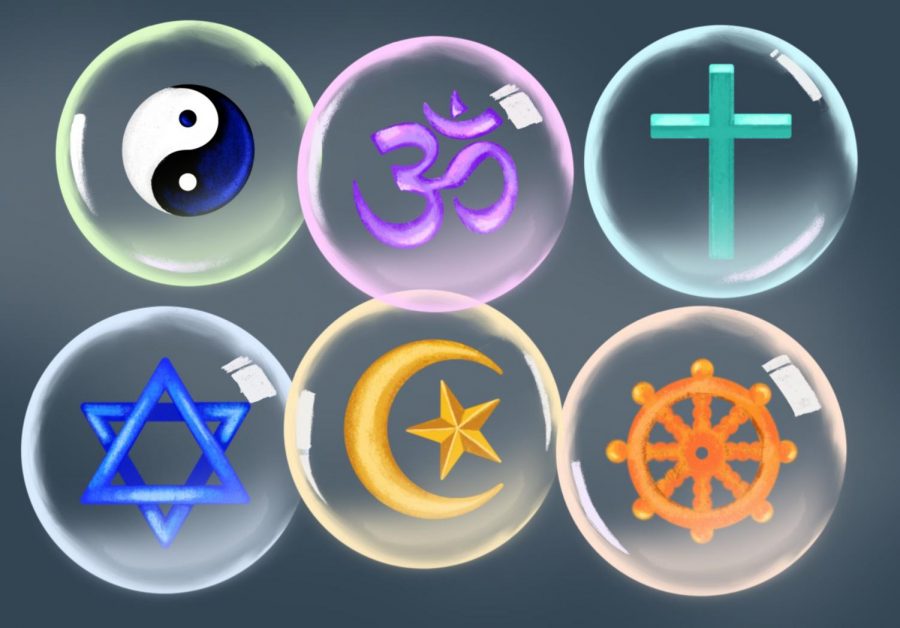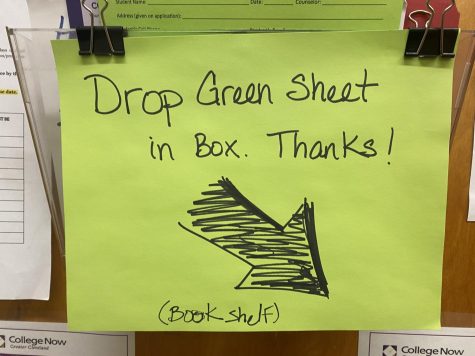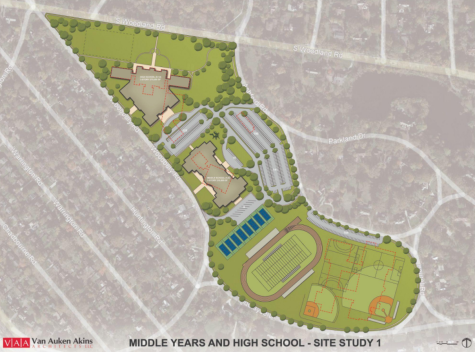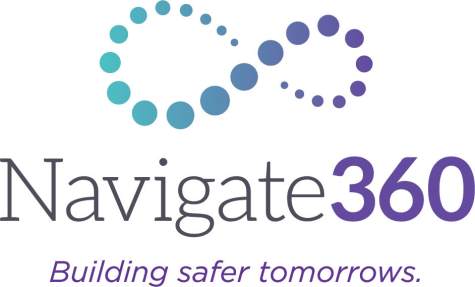Acknowledging our Advantages: Religious Diversity
Acceptance of religious identity is a privilege
“Kill All Muslims” — this message was graffitied onto the walls of Eastern Kentucky University, next to an ominous date. “Send All Zionists to The Gas Chamber”– this phrase was plastered on the walls of colleges from University of Maryland to University of California.
Across the globe, religious minorities are being persecuted. In comparison, Shaker Heights possesses considerable religious diversity and tolerance.
Efforts to document religiosity suggest that 52 percent of people in Shaker Heights are religious. In the rest of Cleveland, 51 percent of people are religious. In Ohio, 44 percent are religious. While the rate of religious identification in Shaker Heights is on par with Cleveland’s and slightly greater than Ohio’s, the diversity of religious identity is greater.
On any street in Shaker, you might find find followers of Islam, Christianity, Hinduism and Judaism, while across Ohio, 73 percent of adults identify as Christian, according to the Pew Research Center. Only 1 percent of Ohio adults identify as Jewish or Muslim, and slightly more than 1 percent identify as Hindu.
Ezaiyah Jolly, a sophomore and a resident of the Mercer area said, “My neighborhood is extremely unique. Most of my neighbors are Jewish, but right around this area there are Muslims, Hindus and Christians I know.”
Sophomore Lia Polster is Jewish and observes religious services and practices weekly. “I definitely think that Shaker, Beachwood and this area of Cleveland is a very religiously diverse and inclusive area,” she said. She also said the Jewish community here is larger than in other places she’s visited.
Alexander Palmeri, a youth minister at New Community Bible Fellowship, a church in neighboring Cleveland Heights, said that he sees diversity within religious communities as he travels through Shaker Heights. “For one, there is a big Jewish community,” he said. “I also see some Muslims, which is another example of diversity.”
Palmeri said that there is diversity within the Christian community. “Most of all, I notice a significant number of denominations in the Protestant circle. There’s Baptist churches, Methodist Churches, Lutheran Churches, so I definitely agree that Shaker is religiously diverse,” he said.
Polster said she is comfortable speaking about her religion in Shaker. “I don’t feel like I’m judged when I talk about my religion, and I think most people don’t have negative views of religions because of our religious diversity,” she said.
The privilege of religious diversity in Shaker is unique, as there are other parts of the world still suffering from religious intolerance. A prominent example of this is the Hindu-Muslim conflict brewing in India. Prime Minister Narendra Modi and his cabinet have set into motion events that could potentially jeopardize the citizenship of Muslims across the country.
The Citizenship Amendment Bill provides a streamlined path to Indian citizenship for all South Asian religions except for Islam. The bill has sparked outrage across the nation, with protests and riots in the streets of almost every major state. The New York Times interviewed Muslim lawmakers. One said, “We are heading toward totalitarianism, a fascist state… we are turning India into a theocracy.”
The effort is seen as a breach of trust in the religious diversity promoted by Mahatma Gandhi and Jawalrhalel Nehru in the founding of an independent India.
Another example of religious turmoil comes from Mexico. Mexico was directly under Spanish, and therefore Christian, rule from the 15th to 19th century. Christianity is deeply embedded in every walk of Mexican life.
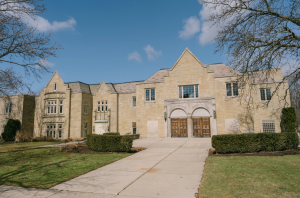
This fact has caused problems in recent years, as there has been an influx of immigrants from across the world into the country. Of the 122 million people in Mexico, 81 percent are Roman Catholic, with the second most popular religion being Evangelical Protestant at only 5 percent.
In rural areas, the non-Roman Catholics are ostracized for their beliefs. In these small towns, individuals who refuse to switch their faith or participate in Catholic rituals can be humiliated, overcharged by retailers or even kicked out of the village.
Acts of intolerance like this illustrate that while society as a whole might have progressed, religious persecution remains.
Palmeri said the conflicts are deeply rooted. “There’s still an older generation that finds it hard to tolerate some religions, and we are being taught that different religions shouldn’t mix because of different beliefs,” he said.
Jolly said that Shaker is unique when it comes to tolerance and diversity. “We live in a bubble, sheltered from the real world outside,” he said.
Polster proposed one solution to religious intolerance: adding more varied and diverse religious material to school curricula. “The only religious material I see in school is our English teachers saying, ‘Do you get this Bible reference?’ And I think that’s hard for people who either are not religious or follow a different religion,” Polster said. She said that the curriculum should match the diversity in the community. “In time, hopefully this can inspire other schools around the state and the country to adopt a more inclusive curriculum,” she said.
While circumstances in Mexico and India demonstrate severe religious inequality, in America, religious intolerance is appearing on college campuses.
The University of Indiana conducted a multi-institutional study on the frequency of students facing religious discrimination. The sample size included students of multiple religions and ranged from undergraduate colleges to graduate schools. They were each asked if they experienced religious intolerance in the past year. One in four students reported experiencing at least one instance of religious intolerance in the past year, with non-Christian relgions such as followers of Islam, Judism and Hinduism making up the majority of that number.
As SHHS graduates enter college and the workforce, they must be aware of the differences between the Shaker community and those they are entering. Having little experience with religious intolerance means students may not know how to deal with being a witness to or victim of persecution.
“If students are met with general hate speech, try to report to counselors or authority, and understand we are in a world that doesn’t always understand your beliefs,” Palmeri said.
Palmeri stressed the importance of having a supportive community to talk to. Said Palmeri, “Try to find support in social circles or your religious community, and don’t be bothered by the opinion of others.
A version of this article appears in print on pages 18-21 of Volume 91, Issue I, published May 28, 2021.

